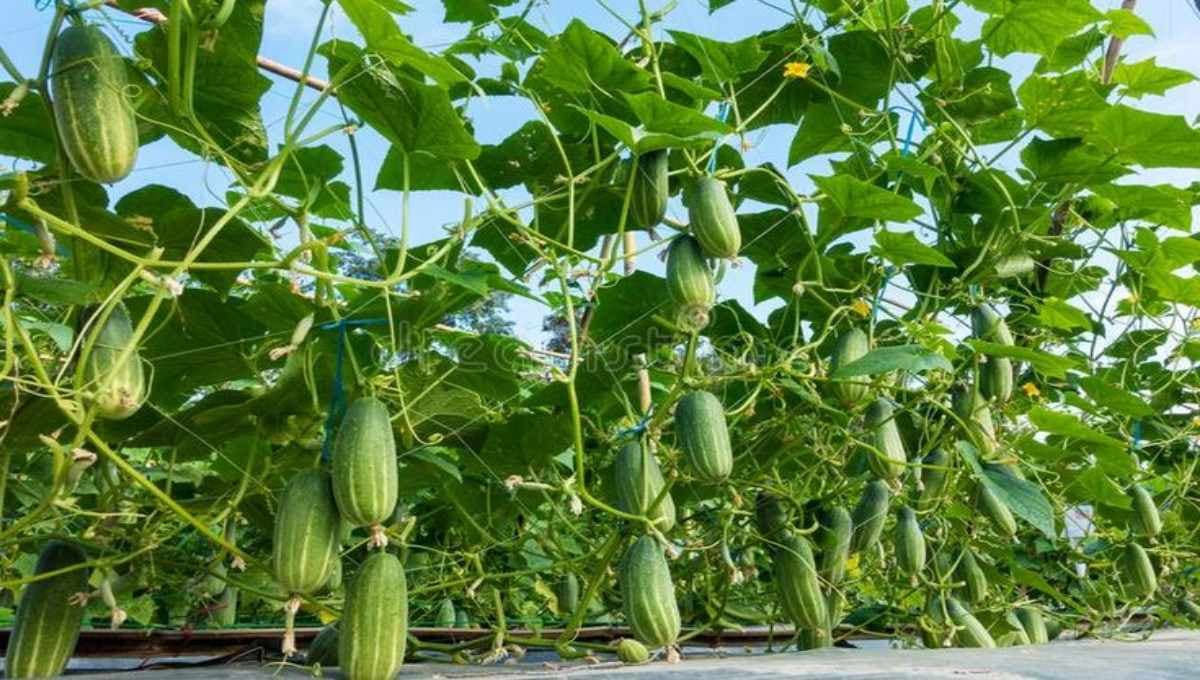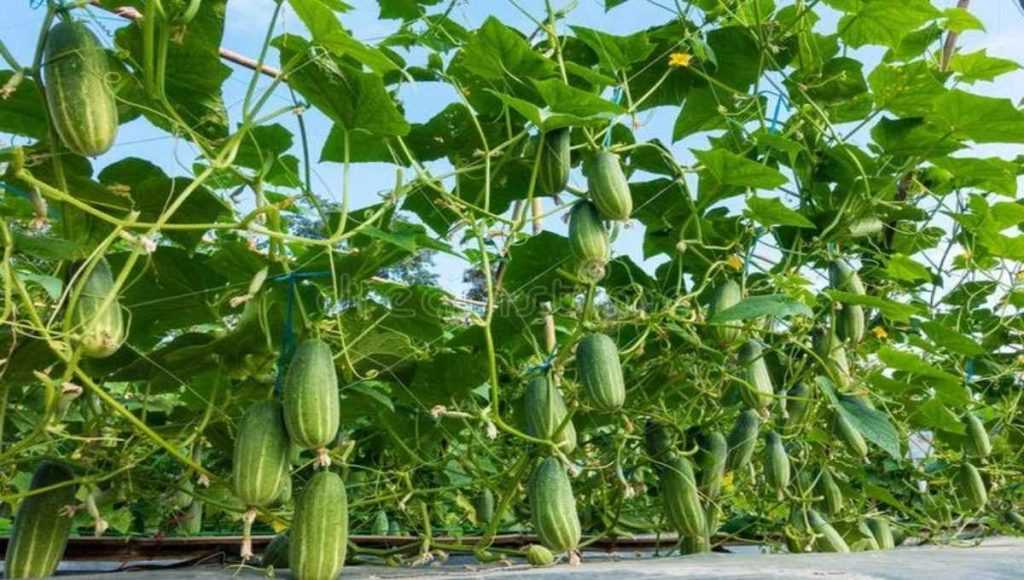
വെള്ളരി കൃഷി ചെയ്യുമ്പോൾ ശ്രദ്ധിക്കേണ്ട കാര്യങ്ങൾ Cucumber cultivation tips and tricks
വെള്ളരി കൃഷി ചെയ്യാൻ വെള്ളരി കൃഷി വളരെയധികം എളുപ്പത്തിൽ കൃഷി ചെയ്യാൻ പറ്റുന്ന ഒന്നാണ് പറഞ്ഞത് നിങ്ങൾക്ക് ആർക്കെങ്കിലും വിശ്വസിക്കാൻ പറ്റുമോ ഏത് കാലഘട്ടത്തിലാണ് അല്ലെങ്കിൽ ഏതു മാസത്തിലാണ് ചെയ്യേണ്ടത് മഴക്കാലത്താണ് വേനൽ കാലത്താണോ എന്നൊക്കെ അറിയേണ്ടത് ആയിട്ടുണ്ട് ഈ ഒരു കൃഷി കാലത്താണ് പക്ഷേ നല്ല രീതിയിൽ വളം ചേർത്ത് കൊടുക്കുകയും അതുപോലെതന്നെ നല്ല രീതിയിൽ ഇതിനെ പാകപ്പെടുത്തി എടുക്കുകയും വേണം ഒരുപാട് അധികം കാര്യങ്ങൾ ശ്രദ്ധിക്കേണ്ട ആവശ്യങ്ങൾ ഉണ്ട്.

ഇതുപോലെ ചെയ്തു കഴിയുമ്പോൾ നമുക്ക് എന്തൊക്കെയാണ് ഗുണങ്ങൾ ഉണ്ടാകുന്നത് നമുക്ക് വളരെ എളുപ്പത്തിൽ തന്നെ ഉണ്ടാക്കിയെടുക്കാൻ പറ്റുന്നതാണ് അതിനായിട്ട് ഓട്ടോമാക്സ് ഉണ്ടാക്കിയെടുത്ത് നമുക്ക് ചെടിച്ചട്ടിയിൽ വേണമെങ്കിലും ഇതുപോലെ കൃഷി ചെയ്ത് എടുക്കാവുന്നതാണ് വളങ്ങൾ എല്ലാം കറക്റ്റ് ചേർത്തു കൊടുക്കണം അതുപോലെതന്നെ ചാണകപ്പൊടിയും ചേർത്തു കൊടുക്കണം വളരെ എളുപ്പത്തിൽ തന്നെ ഉണ്ടാക്കിയെടുക്കാൻ വരുന്ന വളരെ ഹെൽത്തി ഒന്ന് തന്നെയാണ് തയ്യാറാക്കുന്ന വിധം നിങ്ങൾക്ക് ഇഷ്ടമായാൽ ചാനൽ സബ്സ്ക്രൈബ് ചെയ്യാനും ലൈക് ചെയ്യാനും ഷെയർ ചെയ്യാനും മറക്കരുത്
Variety Selection
Choose the right type for your conditions and goals:
- Slicing cucumbers: For fresh eating (e.g., ‘Marketmore 76’)
- Pickling cucumbers: Smaller, bumpy (e.g., ‘Boston Pickling’)
- Burpless/seedless: Milder flavor, easy to digest
- Trellis types: Choose vining varieties for vertical growing
🗓️ Timing
- Cucumbers are warm-season crops; plant after the last frost.
- Soil temperature should be at least 70°F (21°C).
- For an earlier harvest, start seeds indoors 3–4 weeks before transplanting.
🛖 Site and Soil Preparation
- Full sun (at least 6–8 hours/day)
- Well-drained, fertile soil, rich in organic matter
- pH between 6.0 and 6.8
- Mix in compost or well-rotted manure before planting
- Raised beds or mounds can improve drainage
🌿 Planting Tips
- Spacing: 12–18 inches apart in rows 3–6 feet apart for bush types; more room for vining
- Trellising: Use vertical support to save space, reduce disease, and produce straighter fruits
- Companion plants: Beans, corn, radish, nasturtiums (avoid potatoes and aromatic herbs like sage)
💧 Watering
- Cucumbers need consistent moisture, especially during flowering and fruiting
- Water deeply 1–2 times per week
- Use drip irrigation or water at soil level to avoid leaf diseases
🌸 Pollination
- Most cucumbers need pollinators; ensure bees can access flowers
- For greenhouse or indoor setups, consider hand pollination
- Parthenocarpic varieties (self-fruiting) are great for greenhouses
🌾 Fertilization
- Balanced fertilizer at planting (e.g., 10-10-10 NPK)
- Side-dress with compost or a nitrogen-rich feed (like fish emulsion) once vines start to run
- Avoid excess nitrogen—it can lead to more leaves and fewer fruits
🐛 Pest & Disease Management
- Common pests: Aphids, cucumber beetles, spider mites
- Diseases: Powdery mildew, downy mildew, bacterial wilt
- Use row covers early on to deter beetles
- Apply neem oil or insecticidal soap if pests are present
- Practice crop rotation and good sanitation to avoid disease buildup
✂️ Harvesting Tips
- Pick cucumbers frequently (every 2–3 days) to encourage continued production
- Harvest while firm and green (before seeds mature)
- Use scissors or pruners to avoid damaging the vine
💡 Bonus Tricks
- Mulching helps retain moisture and control weeds
- Use Epsom salts (magnesium sulfate) if leaves yellow from magnesium deficiency
- Grow cucumbers with flowers (e.g., marigolds) to attract beneficial insects
- Pinch off early flowers on small seedlings to encourage vine growth first
